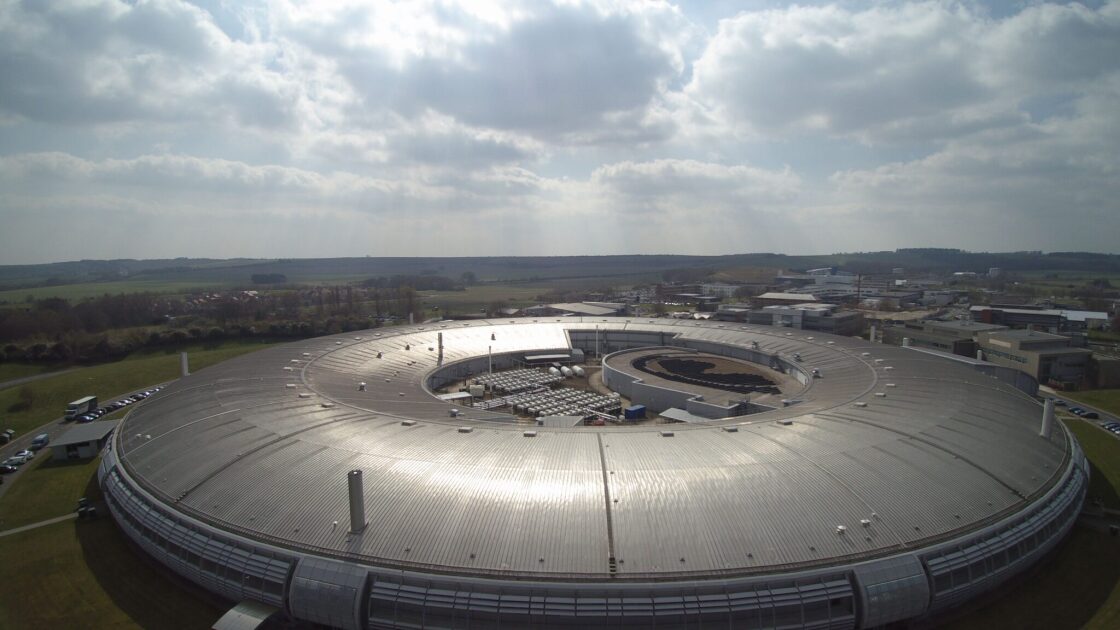Department Spin and Topology in Quantum Materials
Diamond
User Access
Diamond runs call for proposal every six months in the spring and the autumn, aiming for peer review meetings in May and November.
The call goes out to users via email and the deadline will be listed on the proposal submission webpage.
The peer review meetings will review proposals submitted for the following allocation periods which are set as:
1st week of April - end of September
1st week of October - end of March
Guidelines for a beamtime application can be found online
Instruments of Diamond especially suited for quantum technology research
|
AC-PEEM, laserPEEM XAS, XMCD, XMLD Magnetic Scattering |
XAS, XMCD, XMLD Magnetic Scattering, XFMR, RSXS |
RXS, NRMS, CDI, BCDI |
RIXS, REXS, XAS |
High resolution-ARPES, nano-ARPES |
|
Mainline with AC-PEEM for spectro-microscopy using polarized x-rays. Branchline with magnet endstation for x-ray absorption spectroscopy using polarized light and endstation for magnetic scattering. Offline-facility for LEEM and PEEM using deep-UV laser source. |
Mainline with soft x-ray diffractometer equipped with a full polarization analysis and low-temperature capability. Branchline with x-ray absorption using x-ray dichroism effect. |
Versatile diffraction facility fully optimised to combine high flux and high resolution over a wide and continuously tuneable energy range, for diffraction and scattering experiments in resonant and non-resonant conditions. |
A dedicated Resonant Inelastic soft X-ray Scattering (RIXS) beamline that provides a highly monochromatised, focused and tunable X-ray beam onto materials, while detecting and energy-analysing scattered X-rays using a spatially-resolved 2D detector. |
Dedicated angle-resolved photoemission spectroscopy (ARPES) beamline for the study of energy versus momentum maps, yielding the band dispersions, Fermi surfaces and the spectral function of electrons near the Fermi level. |
|
•Energy range: •Resolving power: 10,000 @ 400 eV PEEM endstation: •Temperature range: 100K – 1000 K •Resolution: 20 nm •Detector: Medipix3 Magnet endstation: •Temperature range: 2 – 300 K •Magnetic field: 6T/2T vector •Detector: TEY / TFY / transmission DD endstation: •Temperature range: 15 – 400 K •Detector: TEY / TFY/ CCD camera |
•Energy range: Magnet endstation: •Temperature range: 3 – 350 K •Magnetic field: •Detector: Diffractometer: •Temperature range: 12 – 300 K •Magnetic field: <0.2 T •Detector: photodiode, channeltron, polarization analyzer Electromagnet: •Temperature range: 5 – 300 K •Magnetic field: •Detector:
|
•Energy range:
3 – 15 keV •Temperature range: 5 – 800 K
•Diffractometer:
6-circle kappa Magnetic field: <1.5T •Detector:
Pilatus 3_100K, Merlin, 2M •Environments: electric field < 5kV, Razorbill strain cell
|
•Energy range:
280 – 3000 eV •Energy resolution: 16 – 35 meV
•Temperature range: 10 – 380 K
•Diffractometer:
6-axis manipulator •Detector: Andor CCD detector
|
•Energy range:
18 – 240 eV •Energy resolution: 2 meV (HR-ARPES)
30 meV (nano-ARPES) •Energy analyzer: Scienta R4000
•Temperature range: 6 – 336 K
|

